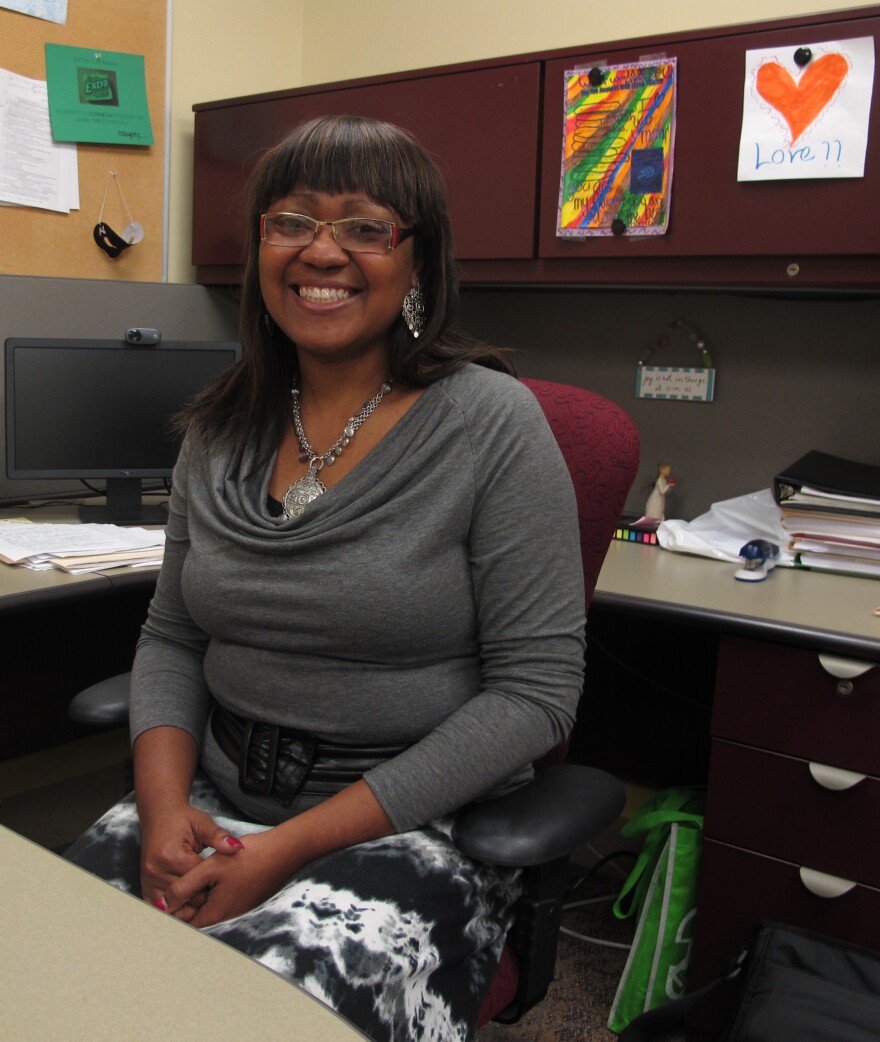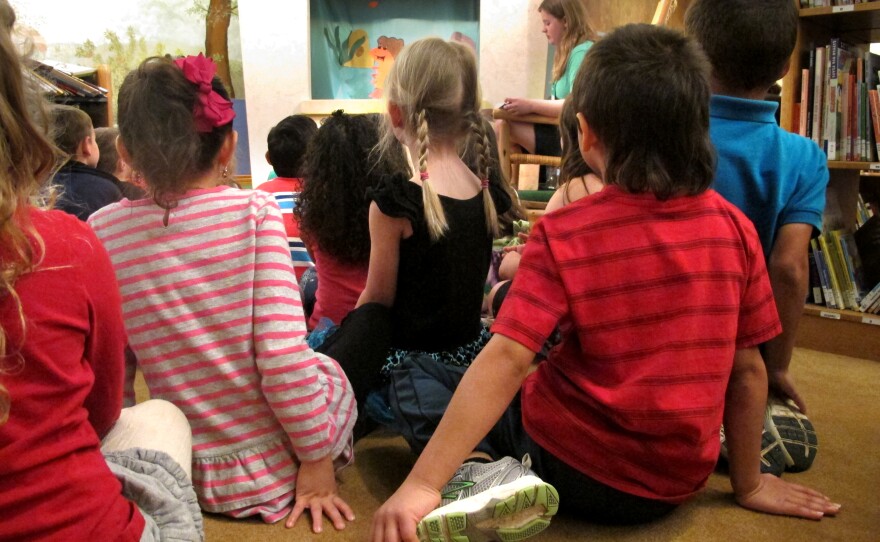The Opportunity Project, or TOP Early Learning Centers, are making a significant impact on preschool education in Wichita. Philanthropist Barry Downing created the initiative in 2003. Its mission is to use education to lift children out of poverty. Graduates of TOP have elevated test scores, better social skills and are less likely to be absent from school. There are hundreds of children on TOP's waiting list.
An Education Steeped In Exploration
Cornelia Stevens is Executive Director of TOP Early Learning Centers.
“All of our locations are strategically located in neighborhoods of poverty,” Stevens says. “That is our main focus - to help children to get out of poverty. We’ve identified parts of our community where there are children that needed early childhood education.”

About 96 percent of the students attend TOP thanks to some kind of financial assistance. The Head Start program, Early Head Start program or scholarships provide them with full-day, yearlong schooling. According to the Annie E. Casey Foundation, only half of 3 and 4 year olds in Kansas are enrolled in preschool. Stevens says the creative, inquisitive learning students receive at TOP is essential to young minds.
“Kids learn at this age through play, through exploring and being able to create,” Stevens says. “When they’re picking up that apple, yes they’re learning the color red and they’re learning it’s an apple, but they also have the opportunity to learn about how to make applesauce - what does an apple taste like? How is it grown?”
A motto here is that the environment itself is a teacher, students are encouraged to explore every corner of their brightly colored classrooms – the children use an eyedropper to mix different watercolors, they build a large castle out of wooden blocks. This exploration extends outdoors as well.
Both the preschool side of the early learning center and the toddler side have their own playgrounds. It’s a mix of traditional and new. Sure, it has a swing set, but surrounding it are objects such as chimes and large, hollow metal objects that the children use as a drum.

“We like to be able to feed all of the senses if possible, the child is over there banging [on the metal drum], they’re going to be able to hit it in different spots and be able to make different sounds.”
Teaching At TOP Early Learning Centers
Preschool teacher Tiffany Denton sits with her students on the floor of her softly lit classroom. She says she wants this room to feel like home for her kids. Together, they’re remembering all of the animals they encountered during today’s safari.
Denton has worked at TOP for 8 years, but has taught both kindergarten and first grade elsewhere. She spends about 9 to 10 hours a day with her students.
“My goal is to get them ready for life, for them to be successful, for them to have those characteristics that are so important in our classroom,” she explains. “And I think having two years, all day long definitely gives me the opportunity to work on the things I think are important.”
Because preschool consists of two full years at TOP, she is able to devote a great deal of time to them.
“You build such a relationship with them,” she adds. “I always think at the end of every year, ‘how am I going to function next year without this child?’ And then guess what? The next one comes and they do the same thing.”
She has both 4 and 5 year olds in her classroom and she says the age difference can build leadership skills in the older students.
She gives an example of an older student teaching a younger one how to write “mom” on his envelope. She says she sees this kind of thing daily.

Students here also experience “studio time.” It’s a bit like art class; there are a number of objects that students are able to play freely with: feathers, beads, paint sets and building materials galore, are all available.
Instructor Jennifer Blackwood describes the experience.
“One class for example, they’re talking about zoo animals - so what they do when they come into the studio would be to build houses for animals, or we would be talking about the animal’s fur, and what their skin looks like. Is it bumpy? How can we draw bumpy? How can we draw the patterns on their fur?”
Blackwood adds that all of this is meant to facilitate their learning. They’re undirected, unstructured exercises.
The Results of High Quality Early Childhood Education
In 2008, TOP Early Learning Centers began to work with area schools to track their graduates, the oldest of which are now in 6th grade. What they’ve found is that when compared to children of similar socio-economic backgrounds, TOP graduates are scoring higher in standardized tests, are more social in classroom settings and are 18 percent less likely to be absent.

Executive director Cornelia Stevens sees the results in her own daughter, a TOP graduate who just finished fifth grade. She attributes the success to the teacher’s ability to inspire.
“The way in which they spoke to her, it wasn’t just yes or no kind of conversations, it was talk to me about why?” she says. “They ask them open-ended questions so they learn how to use their own thinking process and be able to ask the questions.”
Area schools districts, including Derby, have partnered with TOP early learning centers to accept students into their program. TOP funds its initiative through state and federal aid, as well as private donations.
Whether this program eventually lifts these children out of poverty won’t be known for some time, but if the data continues to support the benefits of high quality early childhood learning, the outlook is positive.
Additional Research On Early Childhood Education:
- Abbott Preschool Program Longitudinal Effects Study: Fifth Grade Follow-Up
- Lifetime Effects: The HighScope Perry Preschool Study Through Age 40
- The Abecedarian Project
Follow Sean Sandefur on Twitter, @SeanSandefur


